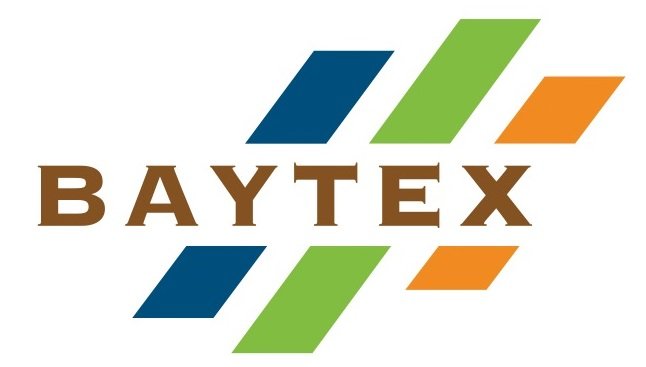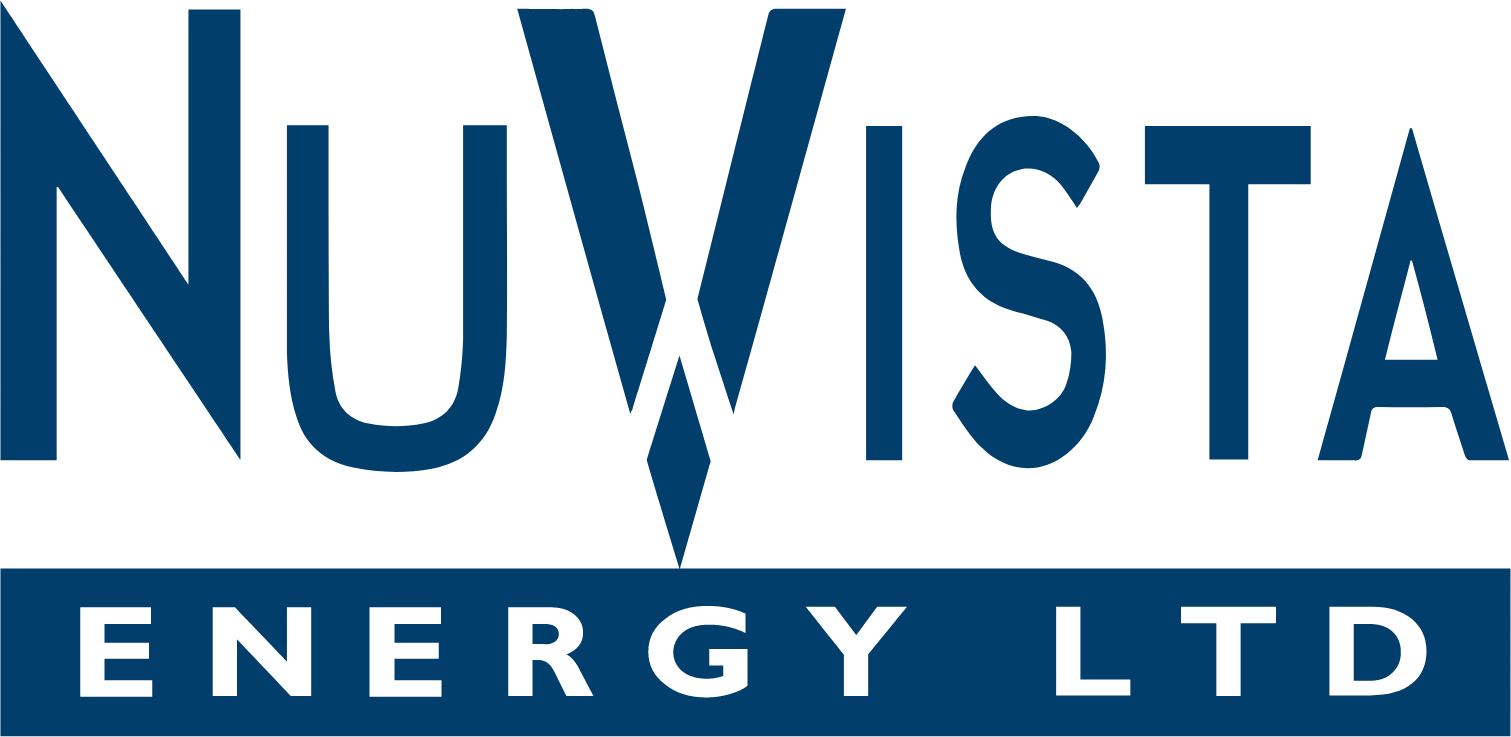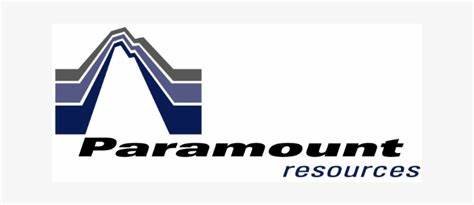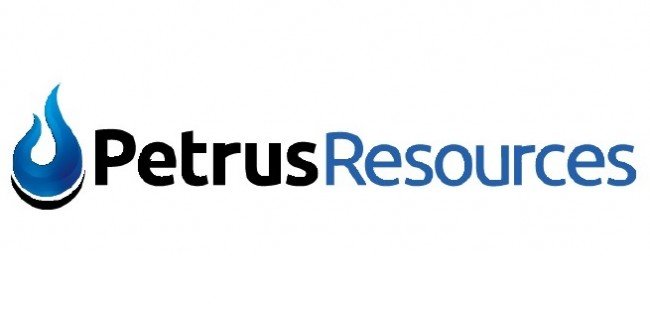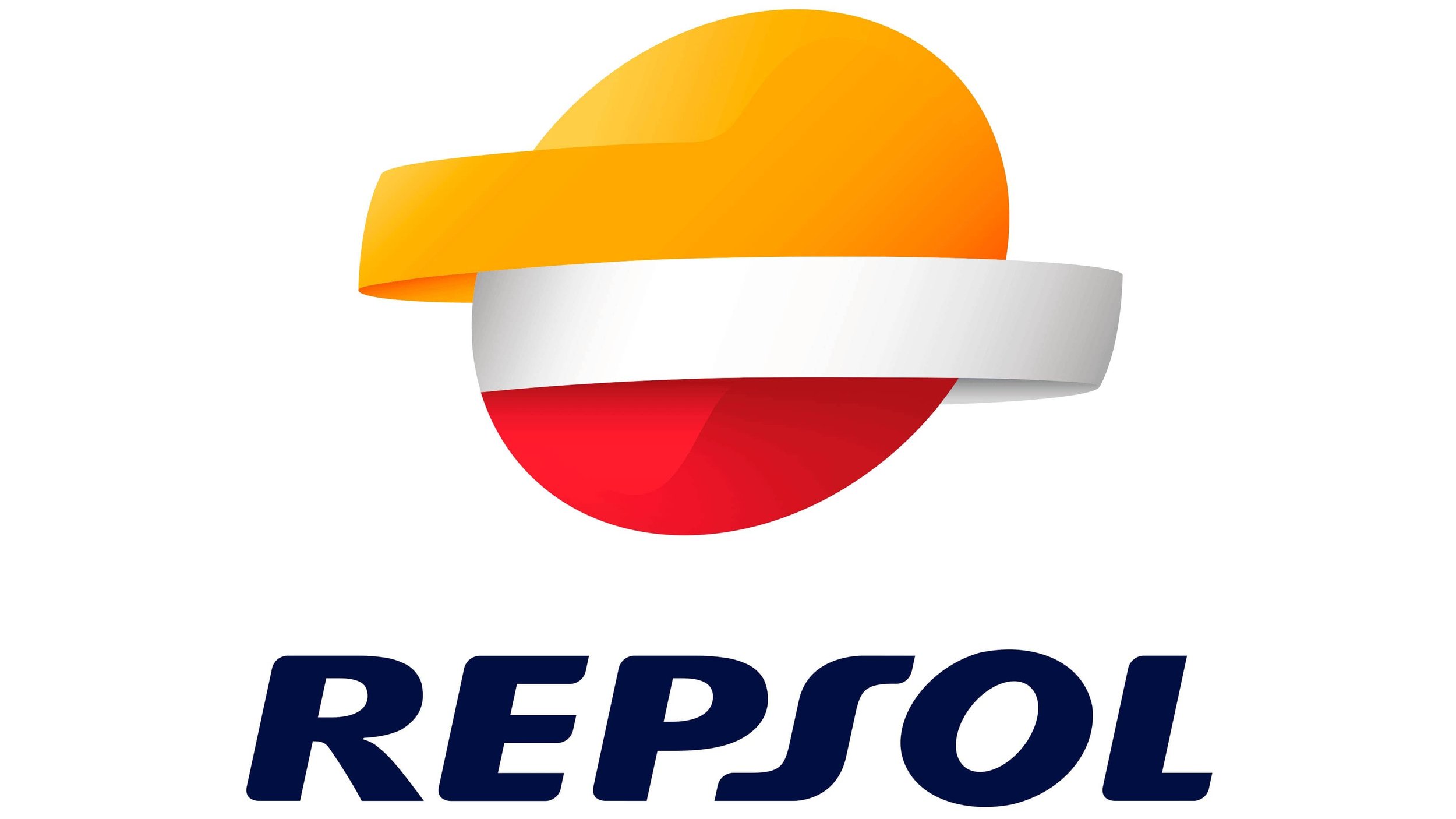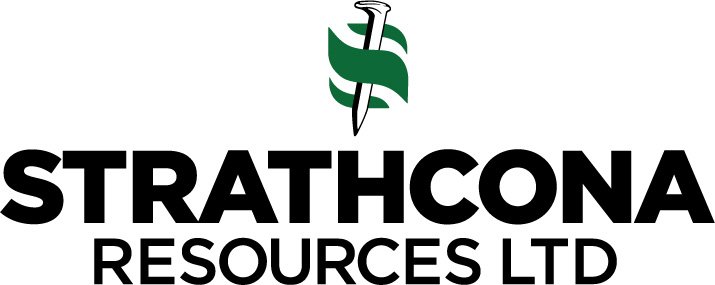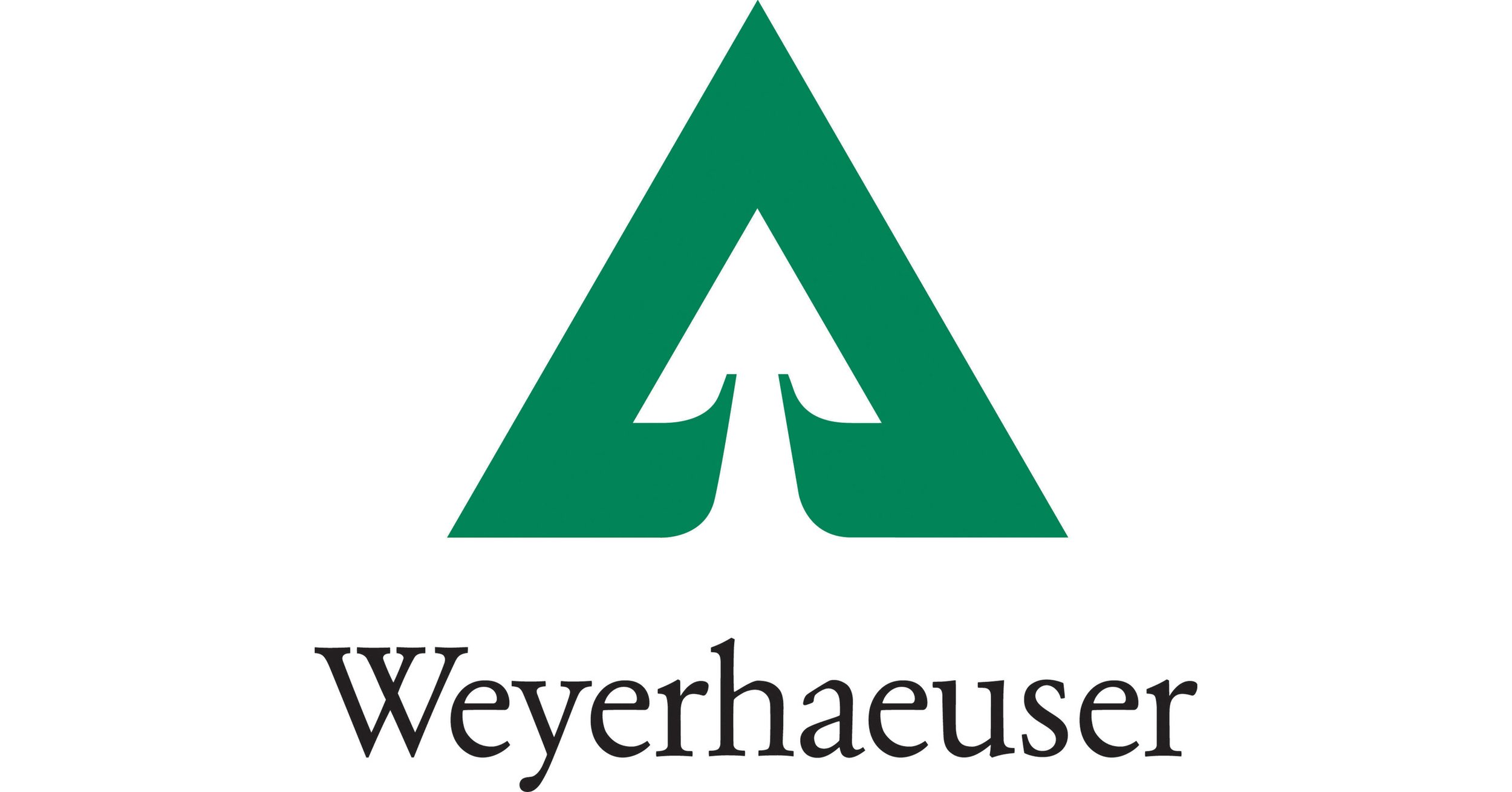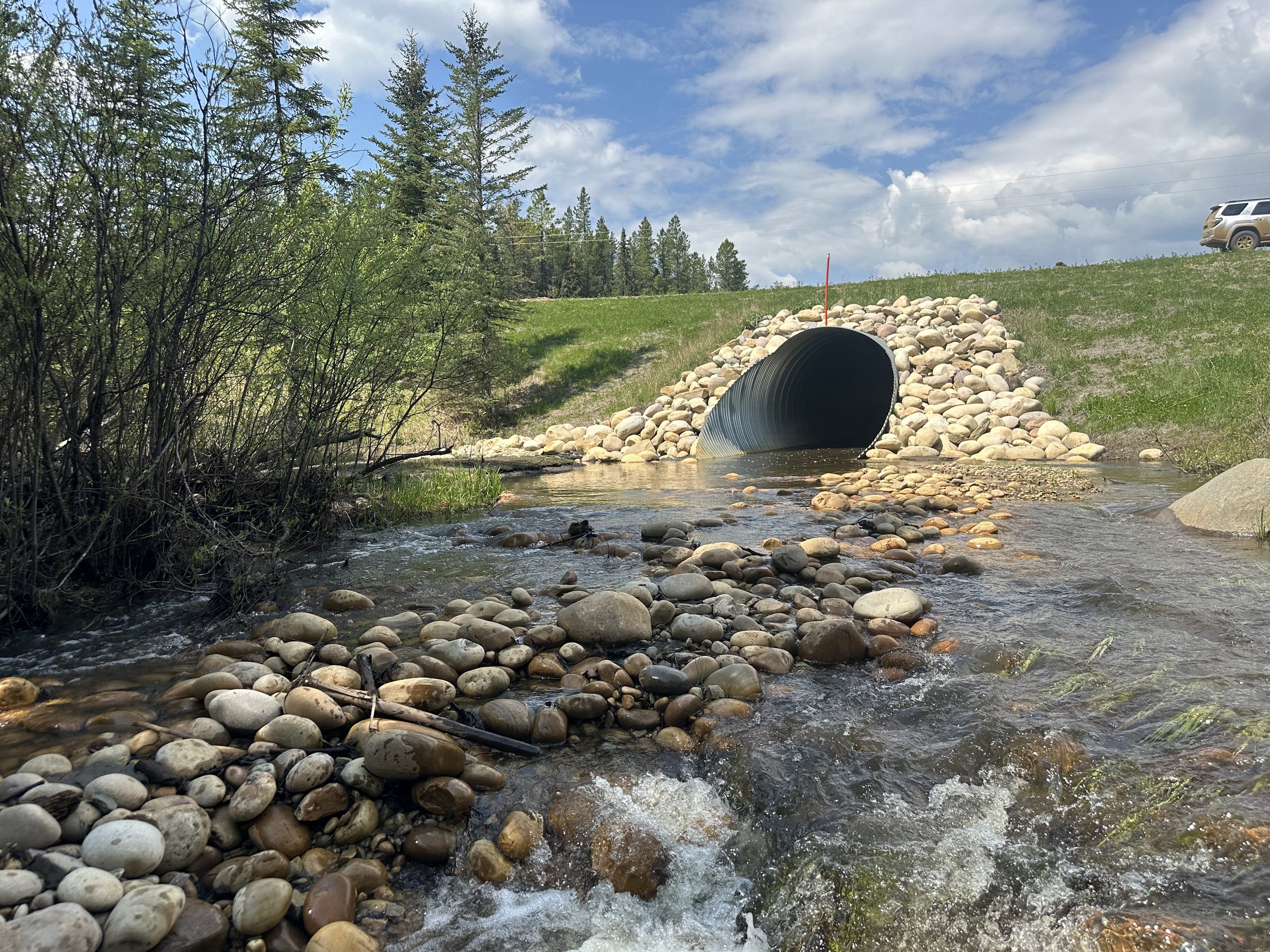
Membership
Work With Us To Reconnect Watersheds
The FSCP has a long-standing relationship with members who share the goal of improving stream crossings on the landscape. An encompassing part of that objective is the partnerships themselves which has allowed for over 13, 000 crossings to be inventoried since 2005 when the FSCP began.
Why It Matters
The FSCP’s mission of improving the condition and performance of stream crossings on the landscape was created to address growing concerns over habitat fragmentation, sedimentation, and overall aquatic health. In the last few decades, increased industrialization on roads has contributed to the number of stream crossings needing to be regulated. There are over 50, 000 road and stream crossings in the province and many of these crossings were installed before the impacts of barriers on fish movement and sedimentation were identified.
With fish passage barriers, all upstream habitat is lost. Fish travel upstream to spawn and these barriers exacerbate the risk of populations becoming genetically isolated – Species at Risk like the Athabasca Rainbow Trout are significantly affected. Barriers such as hanging culverts also affect sedimentation rates. The effects of several crossings can be cumulative, and fish avoid areas of high sedimentation – leaving them with less space to live in.
Priority is placed on crossings in Critical Habitat watersheds with high kms of upstream habitat to strategically mitigate these issues. Members of the FSCP are industry partners who understand the value of restoring watercourse crossings for a healthier and safer landscape.
Why Join The FSCP
Managed approach to stream crossing remediation over a longer period of time
Access to a developed inspection protocol and data management system
Remediation based on agreed to priorities by watersheds and by crossings within watersheds
Cooperative approach between crossing owners and with the regulators
More stable, predictive funding over time for remediation
A positive, proactive approach
Improved environmental performance
Our Valued Partners Include:
Our Valued Partners Include:
Contact Us






